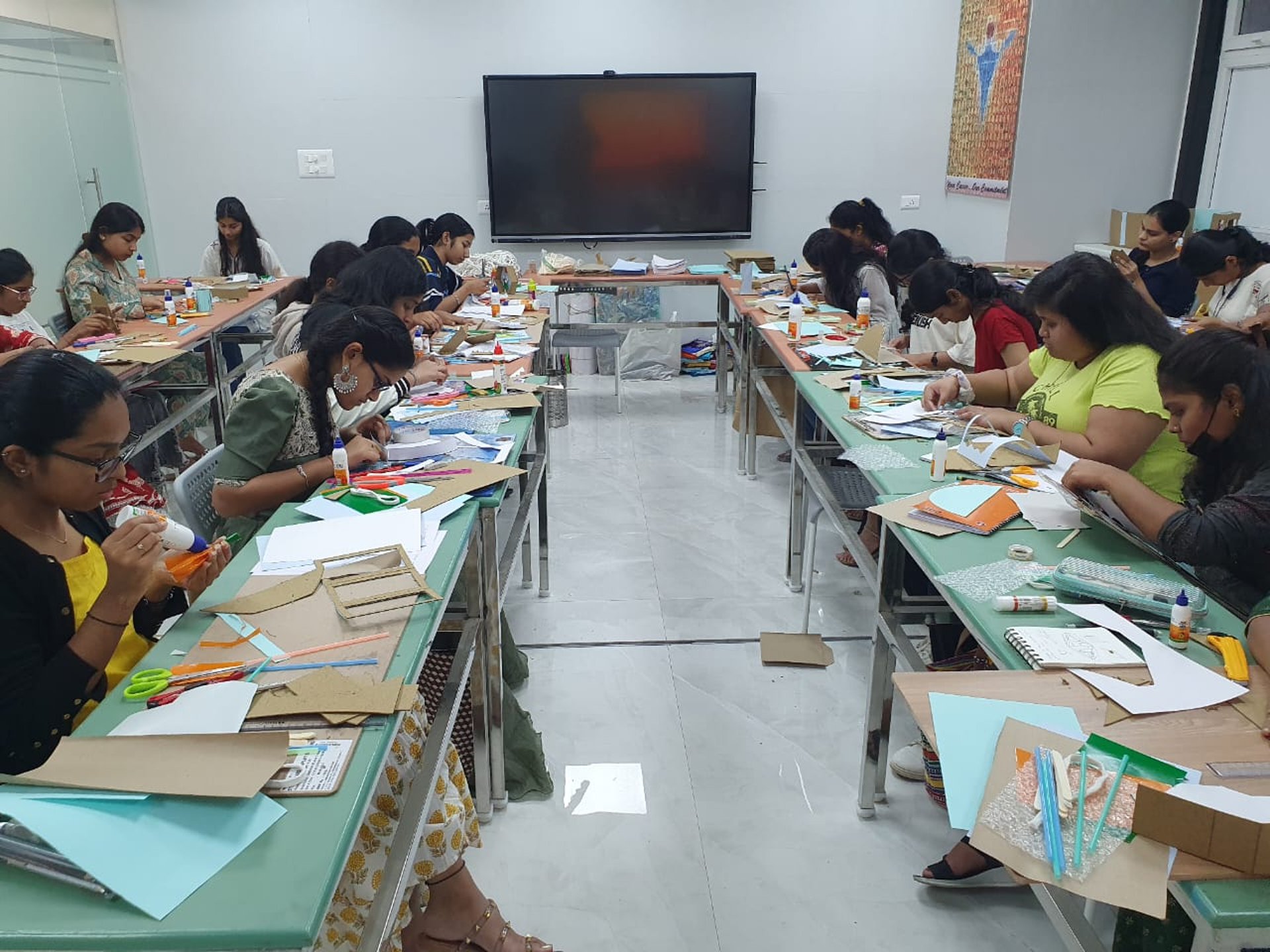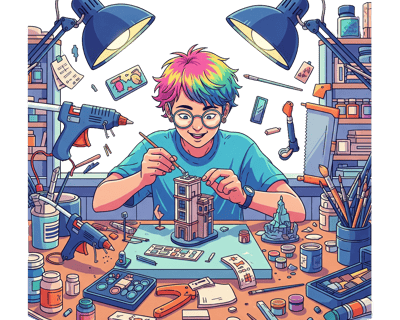
CEED Coaching
Unlock your vision, for in every challenge lies a masterpiece waiting to be designed.
What is CEED?


Gateway to Top Design Institutions
It's the primary entrance exam for M.Des. and PhD programs in design at the highly esteemed IITs and IISc, which are among the best technical and research institutions in India. A good CEED score can open doors to these coveted programs.
Assessment of Design Aptitude
Unlike general aptitude tests, CEED is specifically designed to evaluate your innate design abilities, creative thinking, problem-solving skills, and aesthetic sense. It checks if you have the fundamental aptitude required for advanced design studies.
CEED stands for the Common Entrance Examination for Design. It's a national-level entrance exam conducted annually by the Indian Institute of Technology Bombay (IIT Bombay) on behalf of the National Co-ordination Committee of the Ministry of Education, Government of India. It's primarily for admission to Master of Design (M.Des.) and PhD in Design programs at various participating IITs (like IIT Bombay, IIT Delhi, IIT Guwahati, IIT Hyderabad, IIT Kanpur, IISc Bangalore) and other prestigious design institutes across India that accept CEED scores. The exam assesses a candidate's aptitude for design, including their analytical and logical reasoning, visual perception, design aptitude, and general awareness.
Foundation for Specialization
M.Des. programs offer specializations in various design fields like Industrial Design, Communication Design, Interaction Design, Mobility Design, Animation, etc. CEED helps you get into these programs to build specialized expertise.
Interdisciplinary Learning
Design programs at IITs often offer an interdisciplinary environment, allowing students to collaborate with engineering, science, and management disciplines, which enriches their learning experience and broadens their perspective.
Career Advancement
A postgraduate degree in design from a top institution can significantly boost your career prospects, leading to roles as senior designers, design managers, design strategists, UX/UI designers, researchers, or even entrepreneurs in the design industry.
Why CEED?

CEED (Common Entrance Examination
for Design).
The CEED exam is broadly divided into two parts: Part A (computer-based test) and Part B (offline test). Here's a breakdown of the typical content covered in each section:
Visual and Spatial Ability
Ability to visualize 2D and 3D forms.Understanding of spatial relationships, rotations, and transformations. Identification of patterns and hidden figures.
Environmental and Social Awareness
General knowledge about art, craft, culture, history, and current events related to design. Awareness of environmental issues, sustainable design practices, and social impact of design.
Ability to analyze information and derive conclusions. Logical deduction, problem-solving, and identifying sequences or relationships. Verbal reasoning and critical thinking.
Analytical and Logical Reasoning
Understanding of design principles (e.g., balance, rhythm, proportion). Aesthetic sensibility and appreciation for good design. Awareness of different design disciplines and their applications.
English comprehension, grammar, and vocabulary. Ability to express ideas clearly and creatively in written form. General creative thinking and innovative approaches to problems.
Design Sensitivity
Language and Creativity
CEED Part A (Computer-Based Test)
CEED (Common Entrance Examination
for Design).
The CEED exam is broadly divided into two parts: Part A (computer-based test) and Part B (offline test). Here's a breakdown of the typical content covered in each section:
Drawing
Sketching objects, people, or scenes with correct proportions, perspective, and rendering. Ability to draw from observation and imagination. Expressing ideas through line, form, and texture
Design Aptitude
Problem identification and ideation. Developing concepts and solutions for design problems. Storyboarding, visual narratives, and sequential drawing. Ability to use color effectively. Understanding of form, function, and aesthetics in design solutions. Creativity and innovation in addressing given scenarios. Written communication to explain design concepts.
CEED Part B (Offline Test)
Frequently asked questions
What is [Your Brand Name]?
[Your Brand Name] is a [brief description of your business or service]. We are passionate about [your mission statement].
How does your product/service work?
We offer a [brief explanation of how your product or service helps your customers]. Our process is [simple/efficient/convenient] and [positive adjective] for you.
How much does it cost?
Our pricing varies depending on [what factors affect your price]. We offer a variety of options to fit your needs and budget. Please visit our [pricing page/contact us] for more information.
Do you offer [specific service inquiry]?
Unfortunately, we don't currently offer [specific service inquiry]. However, we do offer [alternative service] which might be helpful.
How can I contact you?
You can reach us by [phone number/email address/contact form link]. We are always happy to answer your questions.

The coaching helped me excel in my entrance exams for prestigious design colleges. Highly recommend!
Aditi Sharma

I gained confidence and skills for NID and NIFT exams through their excellent coaching methods.
Rahul Verma













